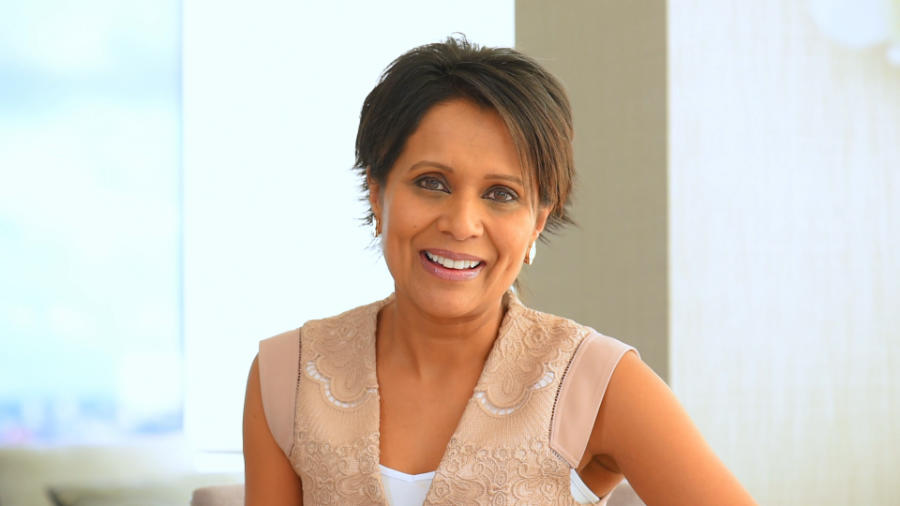Mastering Clarity: A Bite-Sized Guide to Understanding Your Goals, Values, and Communication Strategy

In our fast-paced world, the ability to communicate effectively is more than a skill—it’s an art. And at the heart of this art lies clarity. Whether you’re a leader, a team member, or simply someone who values meaningful interactions, mastering clarity in communication is essential. In this article, we’ll delve into the importance of clarity, how it intertwines with understanding, and the role it plays in aligning our communication with our goals and values.
Understanding Clarity in Communication
Clarity in communication is about making sure your message is understood as you intended. It’s about eliminating ambiguity and leaving no room for misinterpretation. But why is it so important?
- Avoids Misunderstandings: Clear communication helps prevent misunderstandings that can lead to conflict or mistakes.
- Saves Time: When your message is clear, it reduces the need for follow-up questions or explanations.
- Builds Trust: People trust clear communicators because they know what to expect from them.
The Role of Understanding in Effective Communication
Understanding is a two-way street in communication. It’s not just about making yourself understood, but also about understanding your audience. Here’s why:
- Context: Understanding the context in which your message will be received allows you to tailor your communication for maximum impact.
- Audience Needs: By understanding your audience’s needs, you can ensure your message resonates with them and meets those needs.
- Feedback: Understanding also involves listening to feedback and responding appropriately, which is crucial for effective communication.
Aligning Communication with Goals and Values
Your communication should reflect your goals and values. This alignment not only makes your communication more effective but also more authentic. Here’s how you can achieve it:
- Define Your Goals and Values: Before you can align your communication with your goals and values, you need to define them. What are you trying to achieve? What principles guide your actions?
- Reflect Your Goals and Values in Your Communication: Once you’ve defined your goals and values, make sure they’re reflected in your communication. This might mean choosing certain words, adopting a particular tone, or focusing on specific topics.
Strategic Communication: Planning and Execution
Strategic communication is about planning and executing your communication efforts to achieve your desired outcomes. It involves:
- Setting Objectives: What do you want to achieve with your communication? This could be anything from raising awareness about a topic to persuading someone to take action.
- Identifying Your Audience: Who are you communicating with? Understanding your audience is crucial for tailoring your message effectively.
- Choosing the Right Channels: Different communication channels have different strengths and weaknesses. Choose the ones that are most likely to help you achieve your objectives.
Guidance, Purpose, and Engagement in Communication
Clarity in communication provides guidance, defines purpose, and fosters engagement. Here’s how:
- Guidance: Clear communication guides your audience by telling them what you want them to know or do.
- Purpose: When your communication is clear, it’s easier for your audience to understand the purpose behind your message.
- Engagement: Clear, purposeful communication is engaging. It grabs your audience’s attention and keeps them interested.
The Power of Persuasion and the Risk of Misinterpretations
Clarity enhances the persuasiveness of your message and reduces the risk of misinterpretations. Here’s why:
- Persuasion: Clear messages are more persuasive because they’re easier to understand and remember.
- Misinterpretations: The clearer your message, the less room there is for misinterpretations, which can lead to confusion or conflict
Mastering clarity in communication is a journey, not a destination. It’s about continuously striving to make your communication clearer, more effective, and more aligned with your goals and values. It’s about understanding your audience, planning your communication strategically, and using your communication to guide, engage, and persuade.
In the end, mastering clarity in communication is about making a real impact—whether you’re leading a team, running a business, or simply interacting with the people around you. So why not start your journey towards mastering clarity today? Your audience—and your future self—will thank you for it.
Remember, clarity isn’t just about what you say—it’s about what others understand. So, let’s strive for clarity, for understanding, and for communication that truly connects.
In the words of George Bernard Shaw, “The single biggest problem in communication is the illusion that it has taken place.” Let’s break that illusion by mastering clarity in our communication.
Remember, your voice matters. Make it heard. Make it clear.
This article has aimed to provide you with a comprehensive guide to understanding the role of clarity in communication. We’ve explored how clarity intertwines with understanding, the importance of aligning your communication with your goals and values, and the role of strategic planning in effective communication. I hope you’ve found it insightful and helpful as you continue your journey towards mastering clarity in communication.
Ready to master clarity in your communication and leadership? At AH Action, we offer bespoke executive coaching and masterclasses on public speaking, communication, press training and more! Reach your full potential, take action today.




